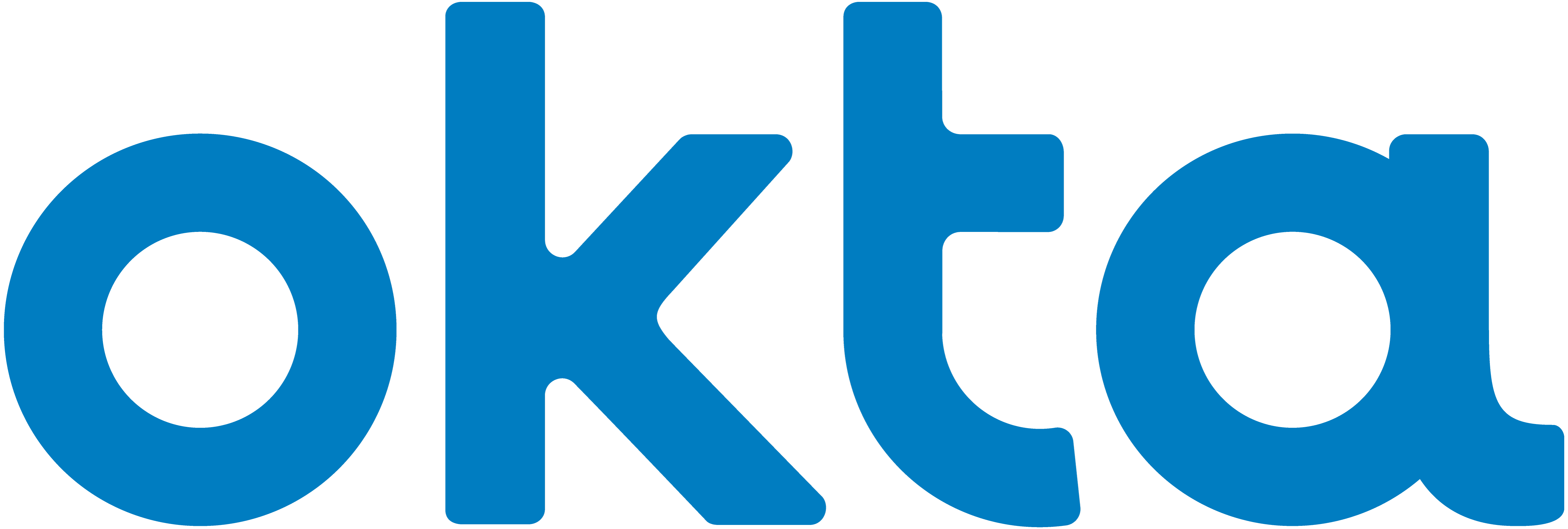 Q&A with Kelsey Nelson, Senior Product Marketing Manager, and Aaron Yee, Group Product Marketing Manager, Okta
Q&A with Kelsey Nelson, Senior Product Marketing Manager, and Aaron Yee, Group Product Marketing Manager, Okta
How has the transition to staff working remotely affected the student lifecycle management process?
Kelsey: The complexity of a school campus is unique: Undergraduate and graduate students, professors and adjunct professors, applicants, alumni and staff members all have distinct roles, and many of these roles overlap each other. Institutions already have had a massive challenge from a technology perspective to ensure the right levels of access across this complex user base. With the crisis, there has been a significant increase in the number of tech resources assigned to users during the pandemic, such as video conferencing, collaboration tools, and other services for remote learning and work, which add to that complexity. Cloud computing and automation tools can help mitigate some of these challenges.
What will these workflows and operations look like beyond the pandemic?
Kelsey: Campus tech leaders want to know how to start automating workflows and to more effectively manage this complex environment. Schools need to be able to pivot from spending time and resources on on- and off-boarding flows to technologies like email account access, so they can turn their focus toward building new online learning platforms or finding new pathways for collaboration.
What automation tools will help higher ed institutions manage the student lifecycle in this blended environment?
Aaron: Before we can start recommending tools, we need to anticipate the challenges facing higher ed institutions. It comes down to helping students access tools that address collaboration and communication, and it might come down to specific capabilities rather than a single application. For example, better birthright automation for core applications ensures that students, faculty and staff get proper access on day one. Additionally, a robust request and approval process that properly routes student and faculty requests reduces the burden on IT and delivers the needed resource sooner.
How will cloud computing spur innovation and scale solutions?
Aaron: First, cloud apps continue to deliver more capabilities via APIs, which enable organizations to build rich on-boarding and off-boarding processes to suit their needs. Second, no-code automation platforms make this easier by minimizing the reliance on developers, which democratizes access. Third, the time to value is much shorter with no-code, cloud-delivered automation platforms. Building, iterating and testing these automated processes don’t require expensive infrastructure. Finally, automation platforms foster sharing of connectors and process templates among creators. All of this scales solutions  for on-boarding and off-boarding.
for on-boarding and off-boarding.
For more information, please visit okta.com/solutions/education





